New England forests generally follow a specific pattern of regrowth, with successive groups of plants dominating the landscape. Scrub brush is the first to grow back after an interruption, including berry plants. That is followed by birches and poplars, which are replaced by pines and oaks, until finally a climax forest of hardwoods, especially maples and beeches. To identify an area in the midst of this process, we used ArcMap to highlight stands of birch and poplar. We then created a layer to overlay onto Google Earth, which helped us find the most accessible location.
Below are two images of a plot on the south side of the Quabbin listed as containing poplar and gray birch trees in 2009 QRL Forest Types. The first is taken in 1992- the plot indicated by the red arrow is occupied by scrub, indicating that it may have been logged recently. The second image, taken in 2010, shows a densely wooded area in the same plot.
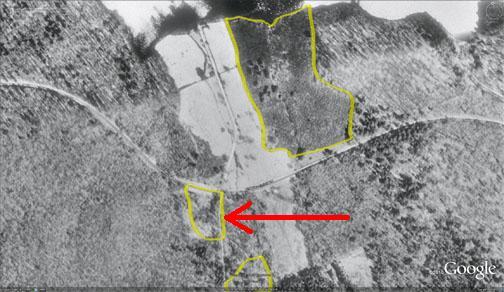
Plot in 1992
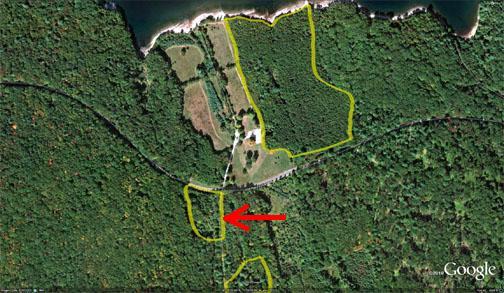
Plot in 2010
Inspection of the site on foot confirmed that the plot is occupied by numerous poplar, gray birch, paper birch, and black birch. In addition, a dense collection of sapling white pine within the plot indicates that the third stage of regrowth is beginning in the plot.
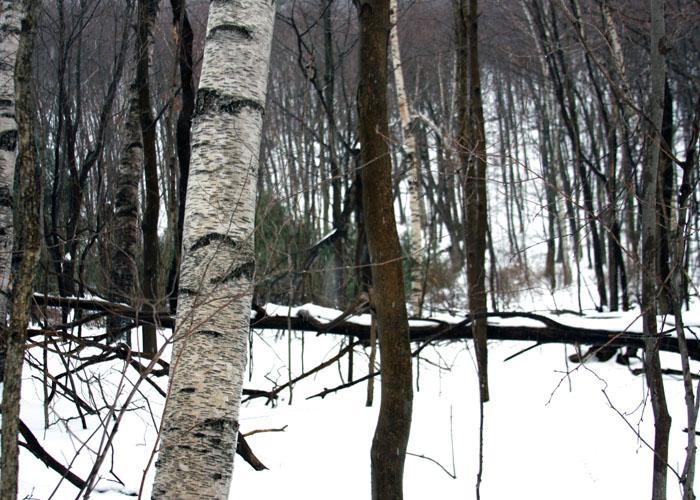
Birches and poplars in plot, with white pine stand in background
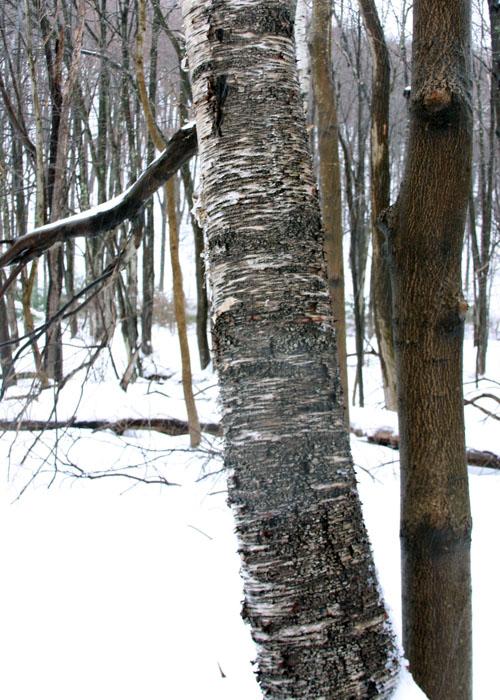
Grey birch and poplar in plot
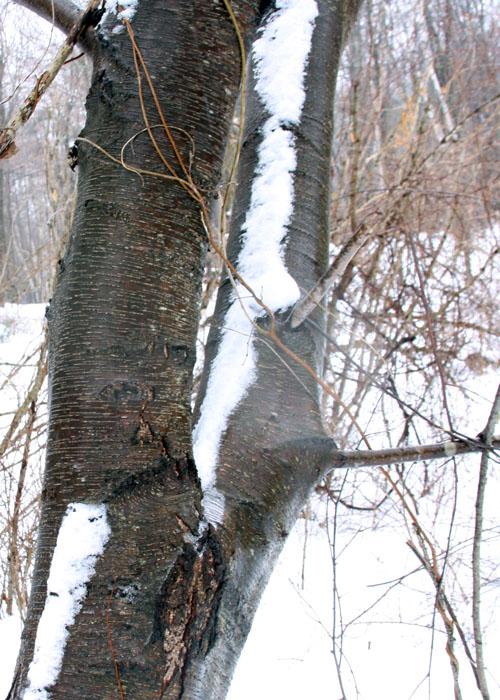
Information about tree succession patterns was obtained from the webpage below:
http://users.rcn.com/jkimball.ma.ultranet/BiologyPages/S/Succession.html
Tags:
quabbin
forest
birch
logging
succession